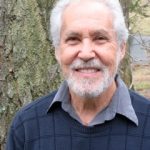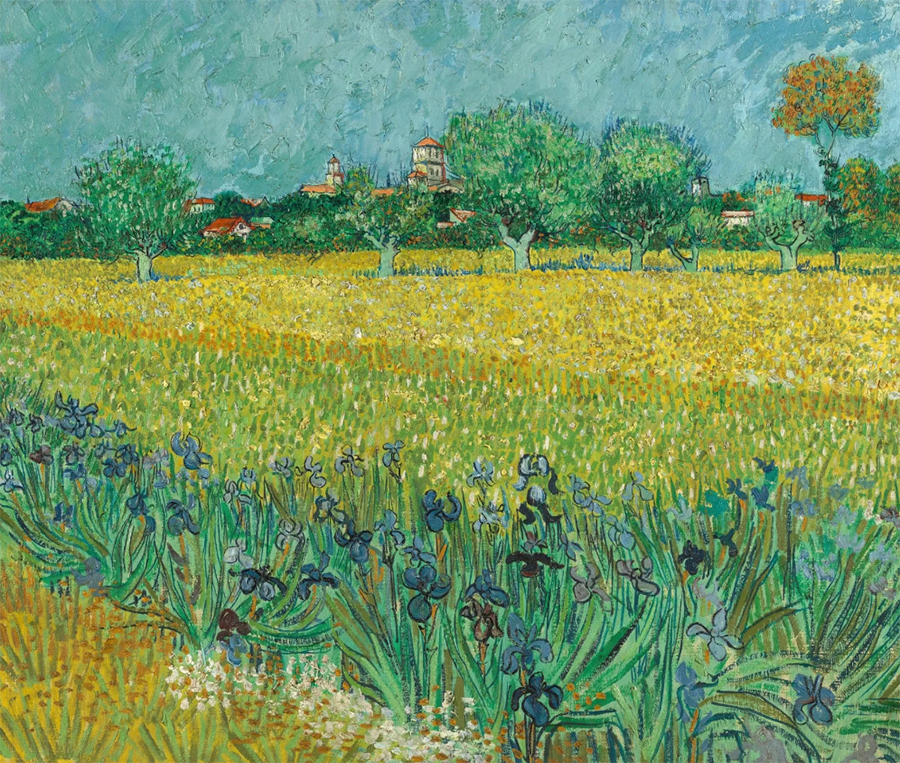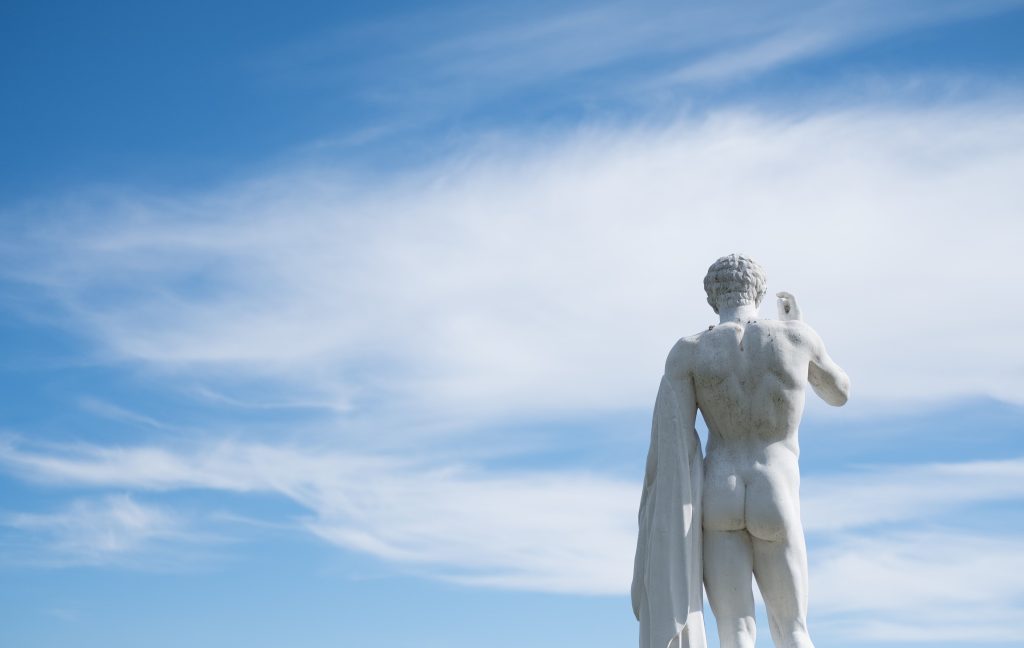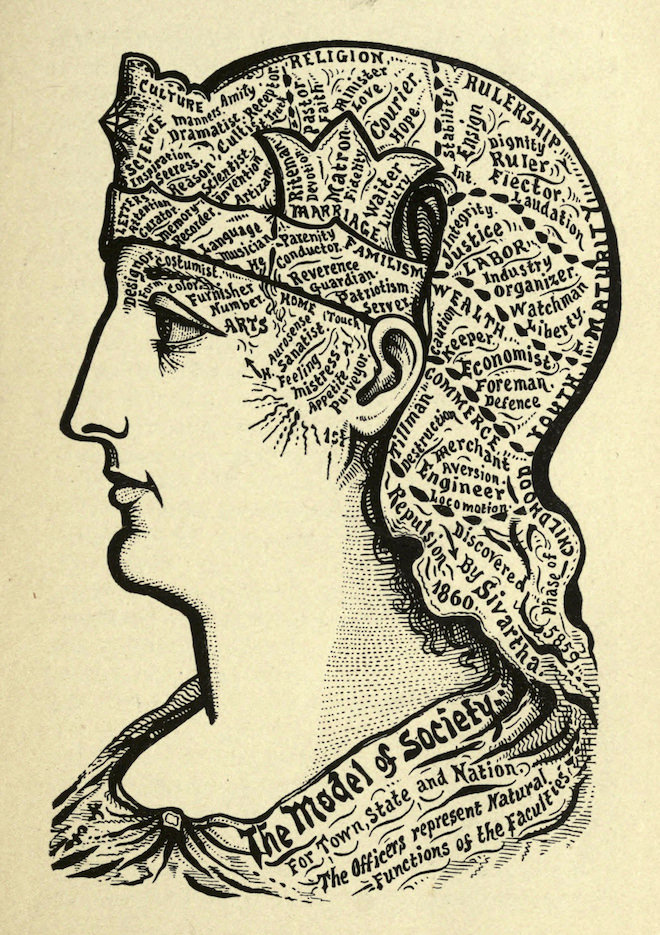Seven Practices of ‘Holistic Activism’
A basic understanding of the holistic orientation is that the body, mind and spirit are a unity, not separate from each other; they are ongoingly inter-dependently relating. Whatever is happening in our mind effects our body; whatever happens in our body effects our mind. Further, both mind and body are nourished and regenerated by the spiritual sources of life within and around us. Body-Mind-Spirit, All One. We can be unaware of or ignore this inter-connectedness, but our life experience will move us in the direction of waking up to it.
We appear to be at such a waking-up moment collectively as a result of 1) technological developments in our ability to move about and communicate, 2) the widespread dissemination of spiritual traditions that were previously limited to small groups, 3) the growing awareness of the devastating prospect that human activity is destroying our home planet.
One aspect of waking up is a movement towards a more holistic approach to the collective agreements we make as humans and the ways we go about solving problems socially and politically. We are called to a more humble approach recognizing that the collective human species and the whole organism of the Earth has self-healing, self-regenerating qualities. Gaia theory suggests that the whole of planet Earth, as a complete living system, is always working to bring itself into balance, regenerating and restoring life, demonstrating intelligence larger than that of the human mind.
Human beings are struggling in fits and starts to open to their own wholeness and higher intelligence and that of Mother Earth and the web of life of which we are part. Viewing humanity as a species trying to find its way towards balance gives us a less judgmental and more empathic view of the political struggles that polarize and separate us.
Important in the holistic approach is our conscious attention to and cultivation of our own state of consciousness. To begin with, there is a need for us to look honestly at our own reactivity. It is possible that some people can stand in the direct face of hatred and prejudice and not be thrown off balance. I’m not one of them and for those of us who cannot, the important thing is to be aware of our reaction, however dark, and be able to return to center. Holistic activism puts great emphasis on this process which is often missing in activist work where the focus is exclusively on the external. When we first focus on our own heart/mind posture, it gives us an opportunity to practice empathy, non-judgment and non-attachment with ourselves for own sake and for cultivating a healthy attitude to our work in the world.
From a holistic perspective, our spiritual nature is the primary source of love and empathy for ourselves, our family, humanity, other species, or Mother Earth. It is this love, however lost from our conscious awareness in the moment, which is truly at the root of our reaction to injustice, war or damage to the natural world. It’s why we care. Our frustrated, impatient, justifiably righteous, egoic self may distort this, but at the source is generosity and love. Remembering this helps shift our felt/sense, bringing us back in touch with the healing force of that love. The focus of our attention becomes healing, healing ourselves and whoever or whatever we were reacting to. We shift towards the motivation to respond to the situation creatively and skillfully.
This is the personal spiritual work which teachers of the world’s wisdom traditions and disciplines have transmitted over the millennia. Just so, the heart of holistic healing practice involves clearing our own consciousness as we develop awareness of the greater whole and its healing attributes. From this awareness we can bring attention to any particular manifestation(s) of personal or collective imbalance, dysfunction, or disease.
Moving on from the focus on one’s own consciousness, here are seven possible forms holistic activism can take:
* Support self-care and personal processing among activists.
* Encourage methods of communication that foster empathy and dialogue within activist groups. Nothing is more off-putting to those who want to take part than witnessing chronic in-fighting and power struggles in “peace & justice” organizations.
* Help activist groups incorporate practices of non-violent or compassionate communication and active listening in reaching out to influence others.
* Make use of ritual and ceremony to affirm spiritual connectedness while addressing social justice, peace or ecological concerns. Some examples are: honoring silence, rhythmic drumming, circles of heart-felt sharing, honoring nature and the elements, and prayer ceremonies.
* Connect with and support indigenous people and open to their wisdom as carriers of traditions that honor the inter-relatedness of all beings.
* Apply teachings and practices of holistic healing to the collective and global. As an example: Tibetan teacher Tai Situ Rinpoche spoke of how acupuncturists carefully place needles in points along subtle energy pathways. He then led pilgrimages to various power points on the planet where people chanted and prayed for “active peace.”
* Expand awareness to include non-local or larger spheres of reality than one’s own mind/body. We are at the very early stages of learning (or re-learning) the possibilities concerning the inter-connectedness of the many dimensions of consciousness.
To summarize: we need to spread the message that the root cause of the problems we face, including the impending disaster of climate chaos, are caused by human consciousness. We need to prioritize a conscious shift in that, starting with ourselves. While activists can learn from and adopt the spirit and practices of holistic healing, holistic healers (acupuncturists, homeopaths, therapists, body-workers, yoga, meditation teachers, etc.) need to take time applying their tools to the collective body/mind of humanity and help restore us to sanity.






